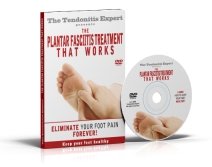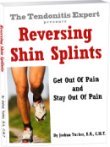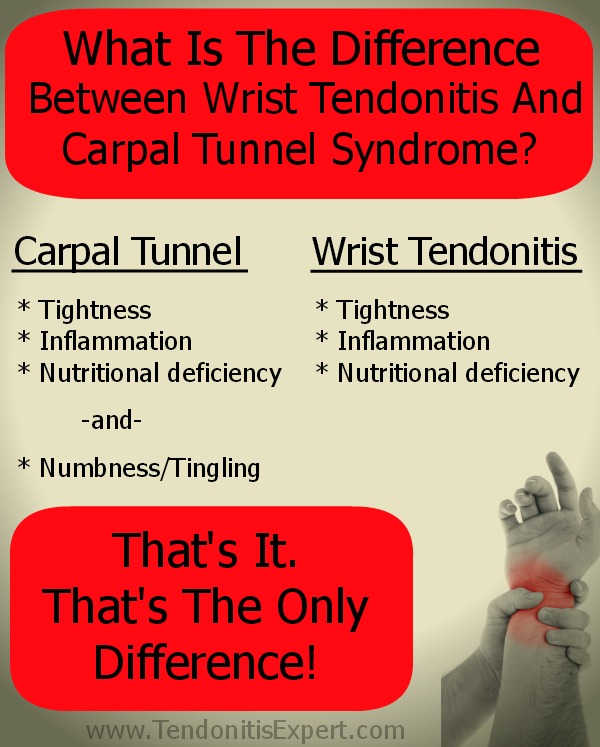Posterior Tibial Tendonitis, Left Foot, 2nd Month, Need Help
by Carlos O.
(Miami)
Good morning. I purchased a quick response from you.
I have been diagnosed by two specialists with posterior tibia tendonitis, left ankle. The current foot and ankle specialist has me in a walking boot up to the knee for another 3-5 weeks. Progress is very slow and seems stagnant at times. I would like to give you the history so you get the full background.
1. I am 38 years old. 6 foot 1. At the time of the first signs of a problem I weighed about 240 lbs. I would exercise regularly and had a large build with a good amount of muscle. My main exercise was the treadmill, at 3.3mph, 3% grade, for 30 minutes. 3x a week. I had been doing this for at least 7 years.
2. Around late April of this year, while wearing sneakers that were a bit small for me, I felt a sharp pain in my left ankle. I shrugged it off and kept exercising.
3. I felt nothing for the next 3 days. I lived may life as normal.
4. By day 3 of the pain in the left ankle, I noticed a lot of swelling all over my left foot. I felt no pain. I had no idea what was going on.
5. I went to see my general doctor and she told me it was a sprain and to be patient. The swelling focused on the inside ankle.
6. I wear dress shoes to work for periods of at least 12 hrs a day.
7. I went to see specialist number 1. This is about 10 days into the affair. He observed me quickly and took x rays. No MRI. He diagnosed me with posterior tibia tendonitis. Told me to wear the air cast and go to physical therapy.
8. I went to physical therapy. The PT told me the air cast was not useful. I didn't wear it. The PT started me on some rigorous ankle exercises that were not good for me. The swelling got worse. When she noticed after about 3 or 4 sessions, she stopped the physical activity and focused on massage, ice, heat. etc. she also suggested I see another specialist.
9. I saw another specialist whose care I am now under. He was concerned with the degree of swelling I have. He ordered an MRI. He ordered me to wear a walking boot. He told me I would need it 4-6 weeks and that I should be fine depending on the MRI. That was 2 weeks ago.
10. Last week: I one upped the doctor and put myself on crutches. I did not use the boot. I laid down as much as possible, elevated and iced. I made a lot of progress. I took the MRI and the 2nd specialist told me there were no tears and to keep using the boot. I had made progress but there was still swelling, on both sides of the ankle. No pain as I walk, however. I saw the doctor at the end of the week and he said I had made a lot of progress and said I had weeks to go in the boot. He discouraged the crutches.
11. This week: I used the boot all week. I would take it off when I could at work, would elevate my foot, and would ice with an ice pack. I would also take warm Epsom salt soaks. Of course, I stopped exercising altogether last week and this week.
12. I found your website. I did the ice dip this morning. And now I am writing you.
Of course I have several questions
The first question is generally what you think I should do.
Secondly, how do I protect my other foot, the right foot, since it feels a bit sore, but is not swollen, after a week on crutches and now a week of the boot.
Thirdly, how likely it is that I can get over all this and return to regular exercise, and what that exercise should be.
Let me also note that I am taking this opportunity to lose weight and try to eat better. This has been challenging emotionally for me since I now realizing how fast pace of a life I lead and how I was not taking care of my body.
----
Joshua Answers:
Hi Carlos.
1. Your main exerciser was the treadmill and you lifted weights, or you just did the treadmill? I'm not sure if you're saying you're big with muscle or big not with muscle.
2. You were just walking on the treadmmill and felt some pain suddenly?
3. Ok.
4. Describe 'a lot of swelling'.
5. Why exactly did she think you had a strain (the stretching or tearing of a muscle or tendon), as opposed to anything else
6. Ok.
7. Why did he diagnose you with that, as opposed to anything else? What exactly did he expect an air cast to do?
8. So your PT had you do vigorous exercise to fix something that was theoretically caused by mild exercise? And that didn't go well? Interesting.
9. What did the MRI show? What did he expect the walking cast to accomplish?
10. What kind of progress had you made?
11. See: Rest
See: Pain Causing Dynamic
See: Process of Inflammation
See: Wrist splints and braces (and mentally replace 'wrist' with 'ankle', etc.
12. "The first question is generally what you think I should do. "
I think you should get the Reversing Achilles Tendonitis program. It will tell you what to do.
The Posterior Tibialis is in there under the bigger muscles of the back of the lower leg, and you need to work it all anyway (as the program will describe in detail).
That's kind of a brief response, but as a general rule I advise a complete plan of attack, a tip or a trick isn't really going to get you the results you want.
"Secondly, how do I protect my other foot, the right foot?
Effectively treat the problem foot, and do some self care on the other foot, as at least some of the factors affecting the 'bad' foot are affecting the 'good' foot too.
Think overall function and all the working parts, as opposed to 'there's one little spot that is the entire problem'.
In other words, you don't really need to 'protect' it. It's likely that reversing the current negative causative factors will allow your body to correct itself (on the other leg).
Having said that, it never hurts to give both sides some love.
--CONTINUED IN NEXT SECTION--
----------------------
Please reply using the comment link below. Do not submit a new submission to answer/reply, it's too hard for me to find where it's supposed to go.
And, comments have a 3,000 character limit so you may have to comment twice.
-----------------------

Joshua Tucker, B.A., C.M.T.
The Tendonitis Expert
www.TendonitisExpert.com
| |
Comments for Posterior Tibial Tendonitis, Left Foot, 2nd Month, Need Help
|
||
|
||
|
||
|
||
|
||
|
||



